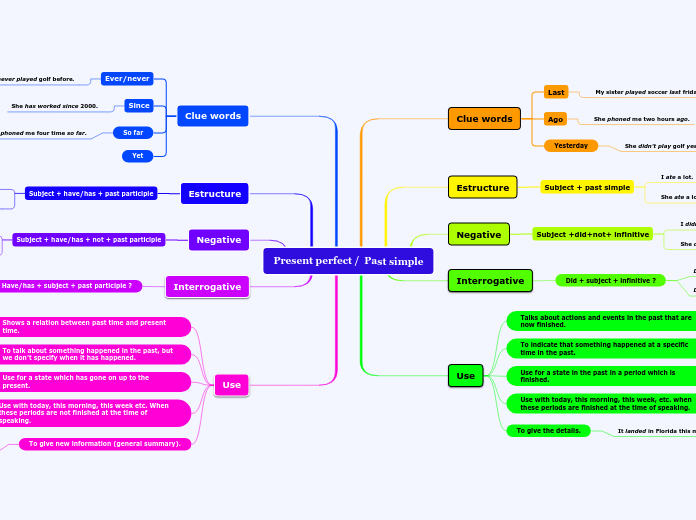LANGUAGE ACQUISITION
Language Acquisition stages
Late multiword
early multiword
Age: 24 to 30 month
Patterns: this is the early multi word stage
- Children acquire grammatical rules and apply the overgeneralize principles explained previously.\
- Children use more complex syntactic structure patterns.
- Children start using question word: where and what
- They create negative sentences with the use of no at the beginning of a more complex construction.
E.g. No eat, no porta bien
two-words
Age: 18 to 24 month
Patterns: This is the two-word stage.
- Babies combine words into two-word utterances .
- Show consistent word order.
- some examples are:
agent + action (mama sleep, dada work)
action + thing(kick ball,
action + location (sit couch)
thing + location (kitty bed)
possessor + possession (dada boat)
thing + attribute (mama big)
determiner+thing (my sock)
one-word
Age: 9 to 18 month
Patterns: This is the one-word stage.
- Babies produce their own words, mainly nouns and
- They produce around 50 or more words that are common to their environment.
- There is a big variability in pronunciation. Some kids may produce the words with adult-like pronunciations while others might be more difficult to understand.
Babbling
Age: 4 to 8 months.
Patterns:
1. Babies in the babbling stage to produce the same consonant no matter what language they are exposed to:
/p.b,t,m,d,n,k,g,s,h,w,j/
2.Babies produce consonant- vowel patterns: ma ma ma, pa pa pa, da da da, ba ba ba.
Definition
Language Acquisition is the unconscious process by which humans develop language without instruction.
Universal Grammar
Universal grammar is the set of grammatical rules and principles common to all languages.
Clues of universal grammar are the overgeneralizing rules explained before, the fact that children do not learn by imitation or through correction, since they are able to produce words and sentences they have not hear before.
Clue for L.A Innateness
Noam Chomsky was first to argue that first language acquisition in human infants proceeds the way it does because we are cognitive predisposed to acquire language.
Some clues of language innateness are the overgeneralizing rules that children apply to form past tense verb and plurals>
E.g. goed bringed/ mouses foot/ deciba instead of decia (spanish)
The poverty of stimulus argument
According to Chomsky, the input available to children does not provide enough information alone for the child to learn the complex set of grammatical ruler to produce and understand a language.
This is called the poverty of stimulus argument and supports the idea of language innateness and universal grammar.









